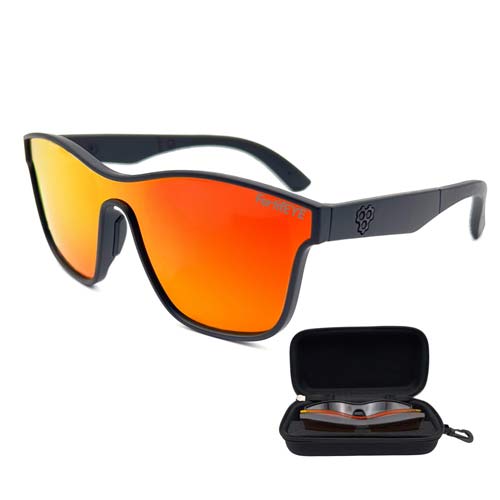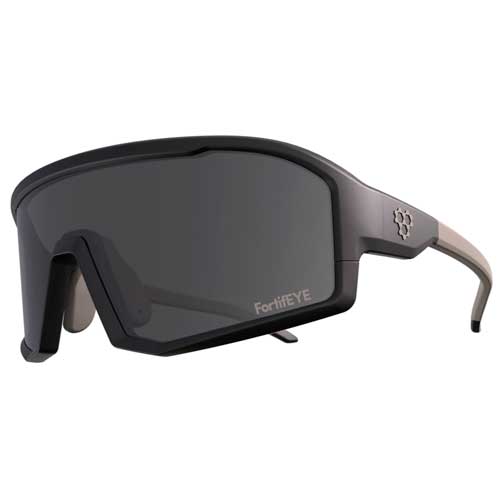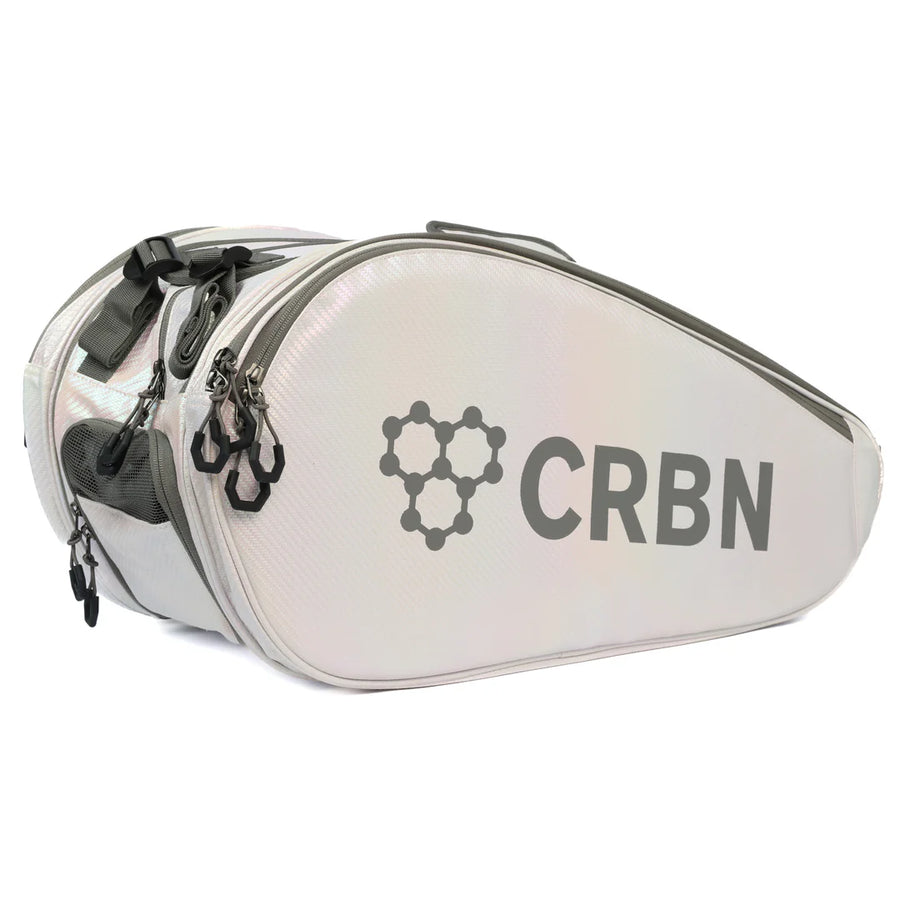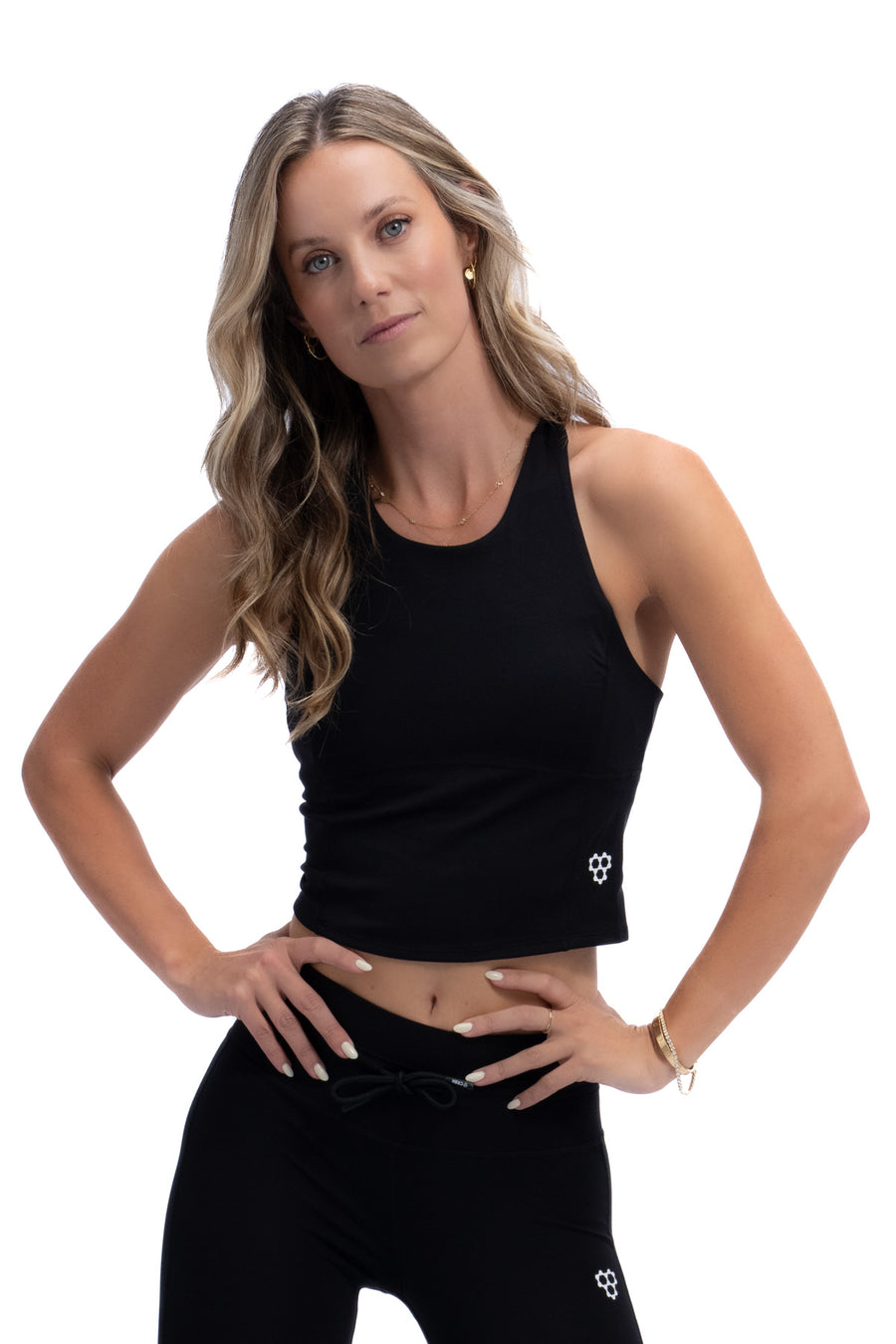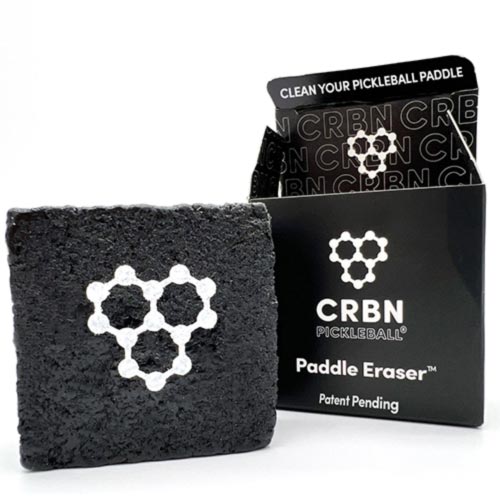Which Equipment is Better Suited To Beginner or Advanced Players?
Any pickleball player can play with any pickleball ball, but you can’t play with any pickleball paddle. You have to choose the one that feels right for you. That’s why there are lots of choices to choose from—square, elongated, long-handled, short-handled, etc.
While player preferences are crucial when choosing a paddle there are other features which may help you in choosing a paddle. These factors include the paddle shape, grip type, material, weight, and handle length.
Choose your paddle carefully because your choice will determine how much control you have over it. It will also determine how well you control the ball and how it feels when you whack it.
Heavier paddles offer more power but less control and agility than lighter ones. But it can’t always be the case.
The perfect and most accurate way of choosing a paddle is by trying out different paddles.
In my first game, I was lucky to play with different paddles, which significantly helped me in choosing the right paddle to play with. I also realized that having control over your paddle greatly helps you execute perfect strikes.
But I understand that not every pickleball beginner will get the opportunity to experiment with different paddles at their first game. That’s why below I discuss the main features that make paddles beginner-friendly or advanced-level. You will understand how these features affect your gameplay and, therefore, be able to determine the perfect paddle for you.
Shape
As we said earlier, paddles come in three main shapes: elongated or square (standard, hyper or wide-body) or hybrid.
Square paddles almost resemble the square shape. They are shorter and wider than elongated paddles and are usually up to 8 inches wide and 16 inches long.
The wider surface means they have a larger sweet spot.
A sweet spot in a paddle refers to the middle surface, which gives out maximum power, control and accuracy of hits. The larger the sweet spot, the more accurate your strikes, even if you don’t strike the ball with the paddle’s sweet spot.
So, because a standard paddle corrects mishits, we say it is more forgiving and, therefore, it is better suited for beginners who are yet to master how to execute consistently accurate serves.
Elongated paddles, on the other hand, are narrower and longer than square paddles. They can be up to 7 inches wide and at least 16 inches long. The 7 inches width means they have a smaller sweet spot than square paddles. Therefore, they are less forgiving than square paddles.
Therefore, square paddles are the ideal choice if you are looking for a paddle that will help you make accurate shots. However, an elongated paddle will be a better choice if you are an advanced player who needs a paddle which offers more reach.
Hybrid paddles mostly fall between elongated and square paddles. This means it is wider than elongated but less wide than a square paddle. They, therefore, offer a balance between reach and forgiveness, making them an ideal choice for players looking for both paddle characteristics.
Handle Length
Handle length is another factor you shouldn’t overlook when choosing a paddle. The shortest handle length of a paddle is about four and a half inches, while most long-handled paddles are five and a half inches. However, if you need more comfortability, power, and spin, you may go for paddles with a 6 inches handle length.
Most square paddles have a short handle, while most elongated paddles have a long handle.
As a result, a novice pickleball player is more likely to play better with a short-handled paddle than a longer one because the shorter one helps correct mishits.
On the other hand, long-handled paddles are a perfect choice for expert-level players who prefer serving with both hands and need more power.
Weight
Paddle weight ranges from six to fourteen ounces.
A lighter paddle with a small sweet spot is quicker on the hands but has less power, whereas a heavier paddle with a large sweet spot is more stable and provides more swing weight, giving you more power.
A heavier paddle offers more power. However, if your weight range is low, you may lose the power because you can’t swing it as hard.
For a beginner, the safest choice would be a mid-weight paddle because it is easy to control and has medium power.
Advanced players can choose a heavier paddle if they wish to execute powerful shots. You may add lead tapes on your paddle if you feel it is not heavy enough. Adding lead tapes on paddles is also an excellent way to create a larger sweet spot on your paddle and give it more power.

